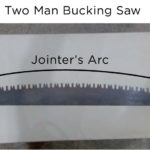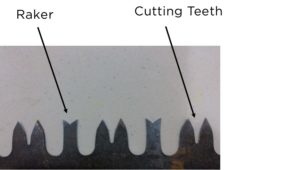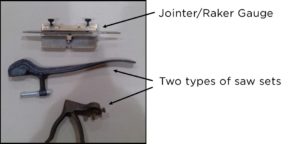By Gabe Ross, Farm Manager
 People who come to Gallant Farm often tell us that they’ve learned new and interesting words during their visit. Farming does have a vocabulary all its own, and within farming each little niche has one too. Farm vocabulary often makes its way into the modern vernacular with most of us not even knowing where the words came from. For the cold month of January when firewood is on the brain, let’s talk about crosscut saw vocabulary. By no means is the following list comprehensive and for in-depth information check out the U.S. Forest Service Crosscut Saw Manual. If you want to see a cross-cut saw and learn more about them, stop by Gallant Farm this winter. We are open Wednesday through Sunday, 12pm – 5pm.
People who come to Gallant Farm often tell us that they’ve learned new and interesting words during their visit. Farming does have a vocabulary all its own, and within farming each little niche has one too. Farm vocabulary often makes its way into the modern vernacular with most of us not even knowing where the words came from. For the cold month of January when firewood is on the brain, let’s talk about crosscut saw vocabulary. By no means is the following list comprehensive and for in-depth information check out the U.S. Forest Service Crosscut Saw Manual. If you want to see a cross-cut saw and learn more about them, stop by Gallant Farm this winter. We are open Wednesday through Sunday, 12pm – 5pm.
Crosscut saw – A saw used to cut logs across the grain.
Bucking – the act of cutting a log into pieces along the grain
Raker – Cleans the sawdust or shavings out of the cut when sawing green wood. Saws for dry wood have no rakers.
Set – Set can be a noun or a verb when talking about saws. To set a saw is to bend the teeth out wider than the thickness of the blade so that the saw won’t pinch when cutting. A saw set is the tool used to do this.
Jointer – When you look at a crosscut saw the teeth all follow an even arc from end to end. If a saw gets out of joint, a jointer is used to file the teeth back in line. The jointer holds a file which is slightly bent to match the radius of the teeth. When a saw is out of joint it jumps around and will not cut smoothly. When people use the term “out of joint” to refer to something not operating smoothly or someone being upset, this is where it came from.
Swage – To hammer the points on the rakers over so that they clean the cut out more efficiently








